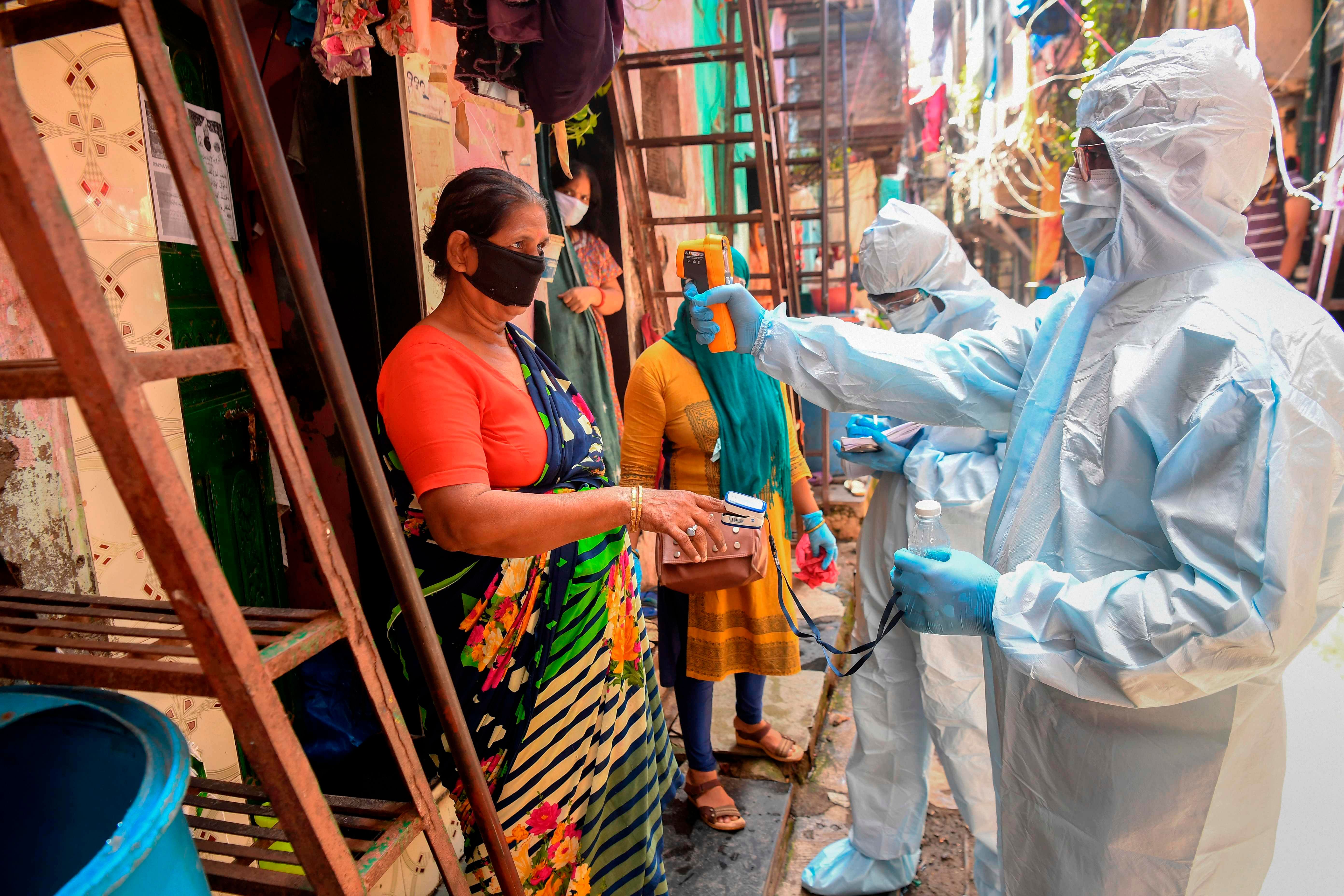In a major shot in the arm of India's fight against Covid-19, the World Health Organisation (WHO) has praised the Dharavi model of combating and controlling the deadly viral pandemic.
The largest slum cluster of Asia, Dharavi is sandwiched between the Central and Western suburban lines in Mumbai. Spread over 2.1 sq km, Dharavi is a sort of mini-India, with over 7 to 10 lakh people staying and working here.
The WHO praise comes as a major boost to the efforts of the Maharashtra government. Dharavi is located nearly 1.5 km away from Matoshree, the private bungalow of Maharashtra chief minister Uddhav Thackeray.
"There are many examples from around the world that have shown that even if the outbreak is very intense, it can still be brought back under control," said WHO director-general Tedros Adhanom Ghebreyesus.
"And some of these examples are Italy, Spain and South Korea, and even in Dharavi - a densely packed area in the megacity of Mumbai - a strong focus on community engagement and the basics of testing, tracing, isolating and treating all those that are sick is key to breaking the chains of transmission and suppressing the virus," he said.
The BrihanMumbai Municipal Corporation (BMC) has thanked the WHO and citizens of India's financial capital.
"Thank you @WHO for acknowledging #MissionDharavi where we partnered with citizens to #ChaseTheVirus from one of the most populous blocks of the city. With your guidelines & Mumbai’s community efforts, we will beat #COVID19 one block at a time by Tracing-Tracking-Testing-Treating," the BMC tweeted.
"I am proud of all my Dharavians as today we have set an example for the world as WHO has recognized and praised our efforts against this war against corona. Let's keep up the good work and we will fight in the most strongest way," said state school education minister and Dharavi MLA Dr Varsha Gaikwad.
The first Covid-19 positive case and death from Dharavi was reported on April 1 when a 56-year-old man who tested positive for novel coronavirus died. The number of Covid-19 cases zoomed throughout April and the first fortnight of May but then it was brought down. As of now, there are less than 500 active cases in Dharavi.
The Dharavi-model of fighting Covid-19 is being replicated in Mumbai's suburbs of Malad, Kandivli, Borivli and Dahisar on the Western line and Mulund and Bhandup on the Central line.
"We adopted the Chase-the-Virus strategy rather than the patient coming to us," Assistant Municipal Commissioner Kiran Digavkar, who heads BMC's G/North ward, that comprises Dharavi, Dadar and Mahim, told DH last week.
As part of the strategy, several fever clinics were opened and people were checked.
As part of the war against virus, the Chase the Virus initiative was launched to break the cycle. Against every patient, 15 close contacts were quarantined. The frontline caregivers were also given medicines. A new institutional quarantine facility was also opened.
Senior citizen patients were shifted to the Lokmanya Tilak Municipal General Hospital at Sion and the King Edward Memorial Hospital at Parel.
A senior official of the Maharashtra Medical Council also noted that a very large migrant population has moved out from Dharavi. "That ensured physical distancing. The CRPF was also deployed along with the local police station," the official said.
